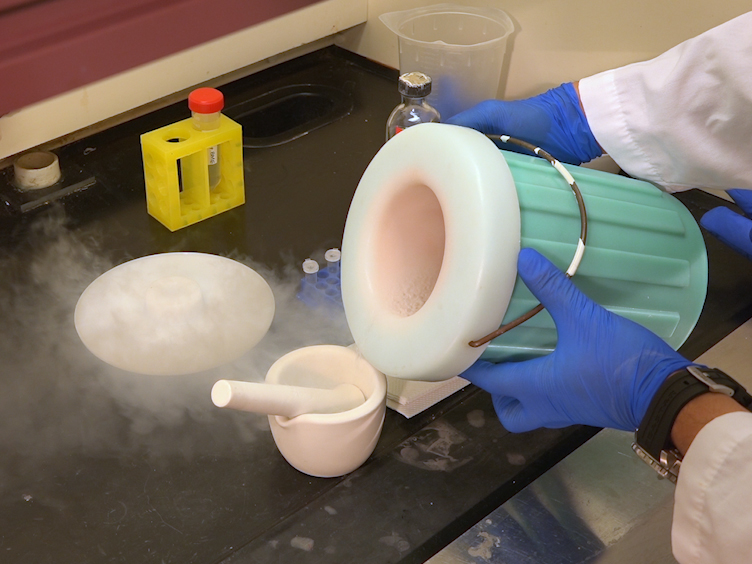A subscription to JoVE is required to view this content. Sign in or start your free trial.
JoVE Journal
Genetics
High-throughput Identification of Synergistic Drug Combinations by the Overlap2 Method
Chapters
- 00:04Title
- 00:49Identifying Synergy Prediction Mutants from Chemical-genetics Dataset by the Overlap2 Method
- 01:17Validation of Predicted Synergistic Interactions
- 04:52High-throughput Screen with Synergy Prediction Mutants to Identify the Novel Synergistic Pairs
- 05:21Results: Use of Checkerboard Assay to Identify and Validate Synergistic Drug Molecules
- 07:05Conclusion
שילובים תרופתיים סינרגטי הם וממושכת לזהות את הנתונים באופן אמפירי. כאן נתאר שיטת זיהוי ואימות של מולקולות קטנות סינרגטי.










